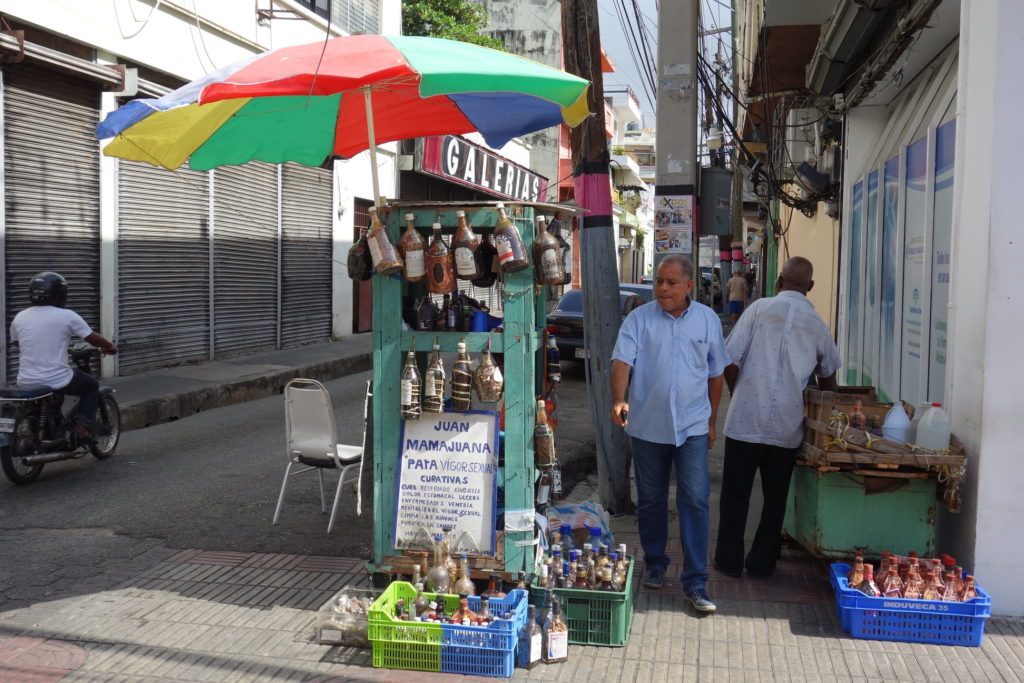This year Latin America and the Caribbean may be left with 41 million unemployed due to the impact of the covid-19 pandemic, according to a study by the regional office of the International Labour Organization (ILO).
This is “a historical record that will have impact on the economic and social stability of our countries”, considered the ILO regional director, Vinícius Pinheiro, when presenting the report on Wednesday the 1st of July.
As a result of the economic shock coupled with the pandemic, the World Bank estimates a loss in the regional gross domestic product of -7.2 percent, which would bring the unemployment rate of its record -high of 8.1 percent in 2019 to 12.3 percent at the end of this year.
But if the economic downturn reaches -9.4 percent the unemployment rate would rise to 13 percent according to the most recent calculation by the International Monetary Fund.
In absolute numbers that means that instead of 26 million unemployed there would be 41 million.
For those who continue to work, there will be a deterioration of the quality of jobs, and for workers and households, a decrease in income, with an overall result of increased inequality and poverty.
The average labour income contributes 80 percent of the total family income in the region
“A characteristic of this crisis has been the speed of its impact, which has translated into an immediate collapse of the labour and family income of a very broad group of the population, and this may increase social inequalities,” Pinheiro said in the organization’s regional headquarters in Lima.
The ILO analysis highlighted that “the massive destruction of employment is not fully reflected in increases in the unemployment rate, because a part of the workers who lose their jobs have left the workforce.”
This is a consequence of the confinement measures, or the lack of job opportunities, which places many workers in an inactive condition. The situation may vary as containment measures become more flexible.
Additionally the other hand, the document says that in the region approximately 40 percent of the total employment is carried out in high-risk sectors in the face of the crisis caused by the pandemic, and 17 percent does so in medium-high risk sectors.
Some of the high-risk sectors of activity, such as accommodation or food services, or commerce, make use of manually labour and in many cases with low skill levels.
At the other end of the ranking, a low proportion of workers, less than 20 percent, are engaged in low-risk activities, such as public administration and education services.
It was also indicated that 60 percent of the employed in Latin America and the Caribbean are exposed to losing their job or working hours, and through that their income.
The ILO document argues that “the challenge for crisis response policies is enormous, requiring that governments together with social actors in the world of work achieve consensus on effective response programs.”
The organization calls for a strategy to rebuild labour markets that rests on four pillars: boosting the economy and jobs, supporting businesses and workers’ incomes, protecting workers in the workplace, and achieving effective solutions through social dialogue.
Source: http://www.ipsnoticias.net/2020/07/desempleo-se-dispara-america-latina-la-pandemia/ (orginal Spanish)





